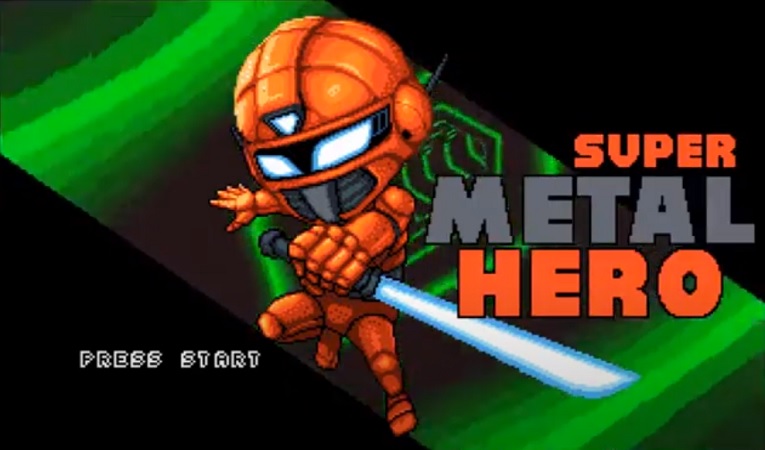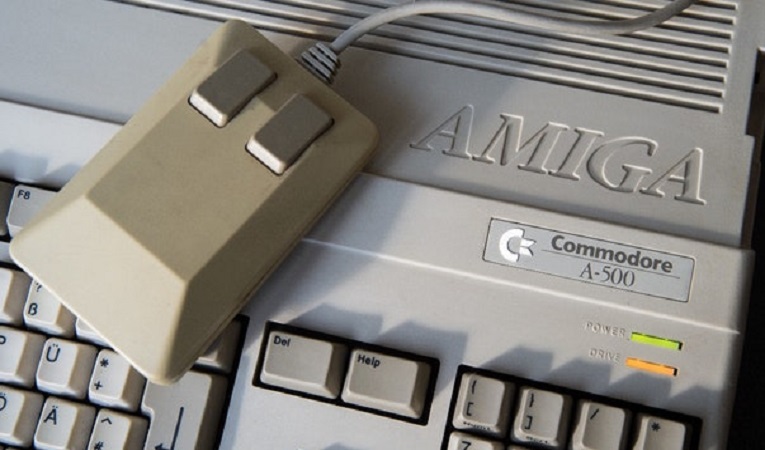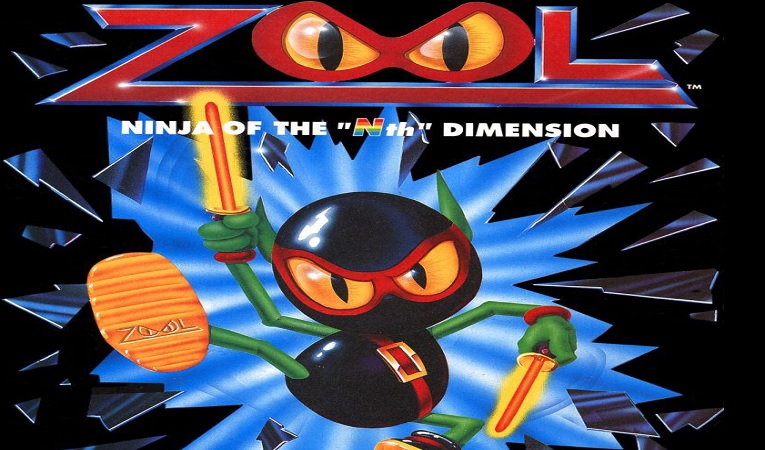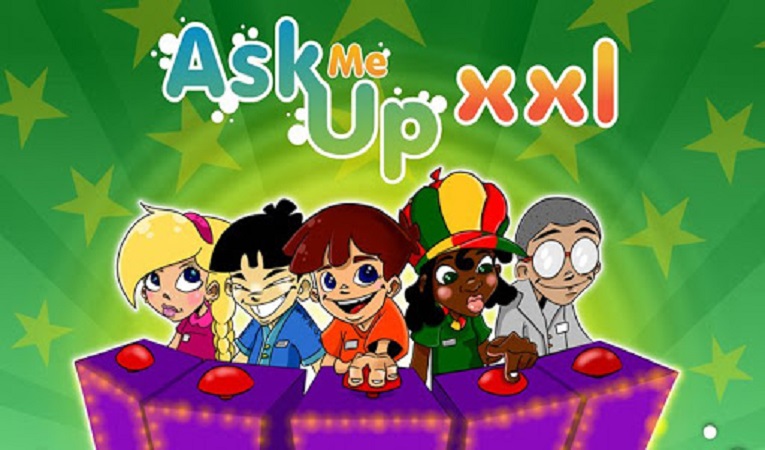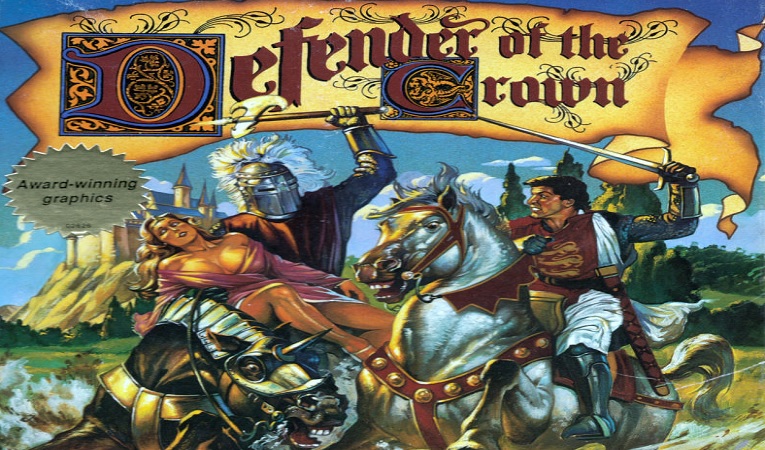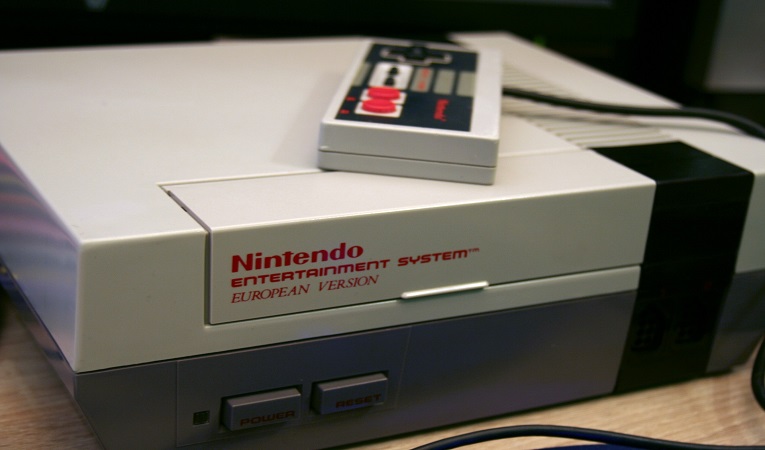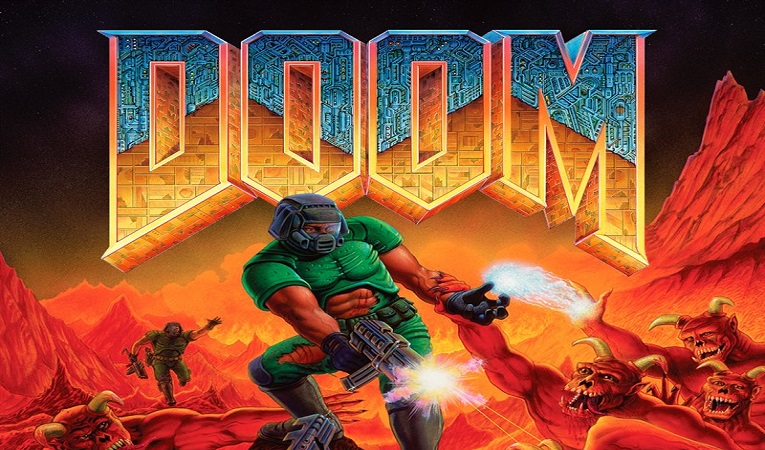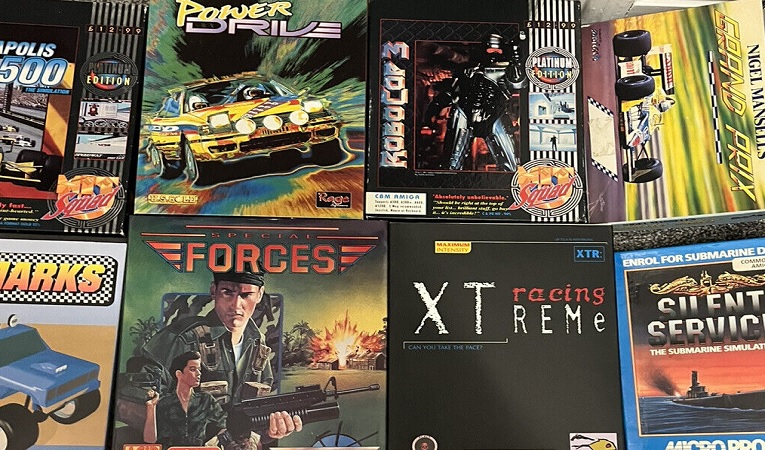
The prestige of classic video games is timeless, drawing enthusiasts and collectors alike to seek out original, sealed copies of their favorite titles. However, the increasing demand for vintage games has led to a rise in counterfeit and fake products flooding the market. Spotting fake sealed classic video games is crucial for collectors and buyers to ensure they are investing in authentic pieces of gaming history. The first step in spotting fake sealed classic video games is to examine the packaging. Genuine games should feature consistent print quality, crisp graphics, and well-defined logos. Any signs of blurriness, pixelation, or irregular fonts may indicate a counterfeit. Additionally, comparing the packaging with legitimate images from verified sources or online databases can help identify any discrepancies. Many classic video games feature holographic seals or stickers on the packaging as a security measure against counterfeiting. These seals should display intricate patterns and shift when viewed from different angles.
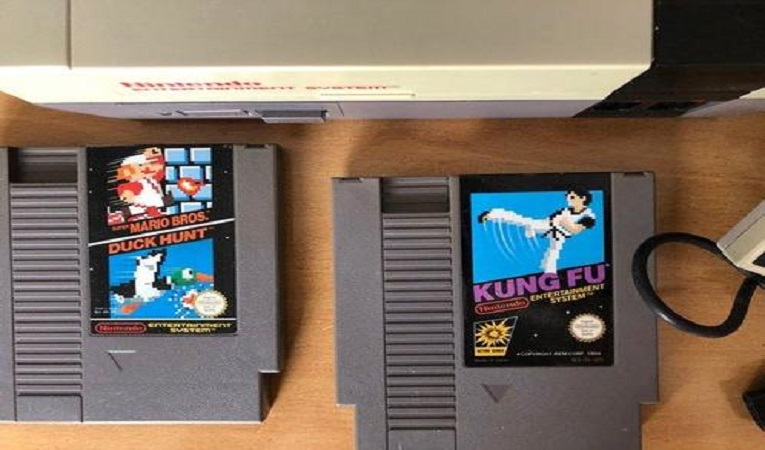
Counterfeit holographic seals may lack complexity and exhibit a flat appearance when observed closely. Authentic sealed classic video games have tight and uniform sealing, with no visible wrinkles or bubbles in the shrink wrap. In contrast, fake copies may show signs of poor craftsmanship, including loose seals or uneven wrapping. Checking for any tampering or resealing of the packaging can also reveal the authenticity of the product. Serial numbers and labels found on classic video game packages are unique to each game and should match corresponding databases or official records. Counterfeit games may have altered or incorrect serial numbers, indicating a lack of authenticity. The weight and material quality of the game box can provide valuable clues. Authentic classic video game packages are usually made from sturdy and durable materials. Counterfeit copies might feel flimsy, and the box material may differ from the original. Examine the quality of the printed manuals and inserts inside the game package. Legitimate classic video games have professionally printed manuals with clear text and high-resolution images. Counterfeits may show signs of low-quality printing, including pixelation or blurriness. Pay attention to the language and region details on the packaging. Classic video games are typically released in specific languages and regions. If a sealed game displays incorrect language or region information, it may be a fake copy. Be cautious of unusually low-priced sealed classic video games, especially if they are sold through unofficial channels or online marketplaces.
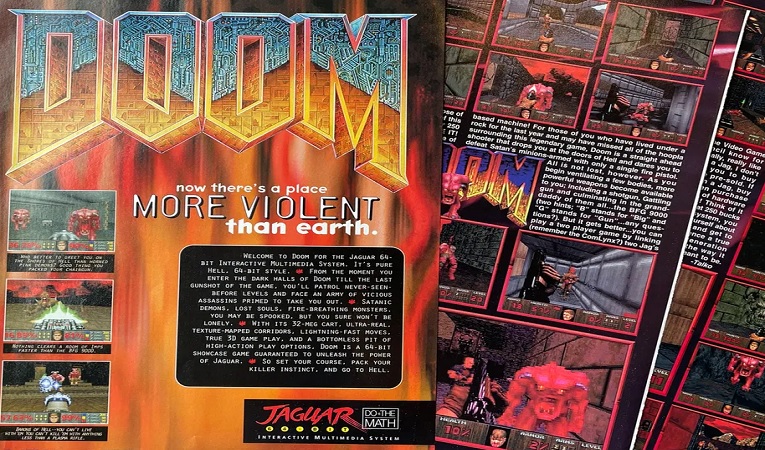
Counterfeit copies are often priced attractively to deceive unsuspecting buyers. It’s essential to research reputable sellers and authenticate the source of the game before making a purchase. Leverage online gaming communities, forums, and social media platforms to seek advice from experienced collectors. Engaging with knowledgeable enthusiasts can provide valuable insights and tips on how to spot fake sealed classic video games. Look for certification or authentication from reputable video game grading companies. These companies examine and verify the authenticity of classic video games, assigning them a grade that reflects their condition and originality. Buy paying attention to packaging authenticity, holographic seals, quality of sealing, serial numbers, weight and material quality, printed manuals and inserts, language and region details, pricing, and seeking community feedback, video game collectors can make informed decisions and safeguard their investments. By staying vigilant and relying on reputable sources, enthusiasts can continue to cherish and celebrate the nostalgia and cultural significance of classic video games for generations to come.




